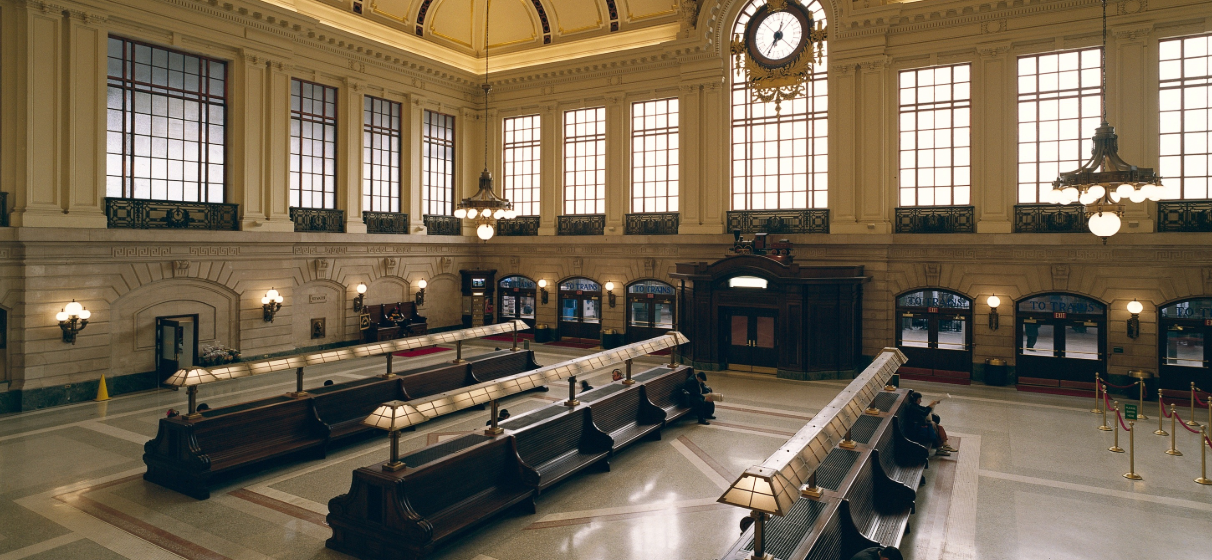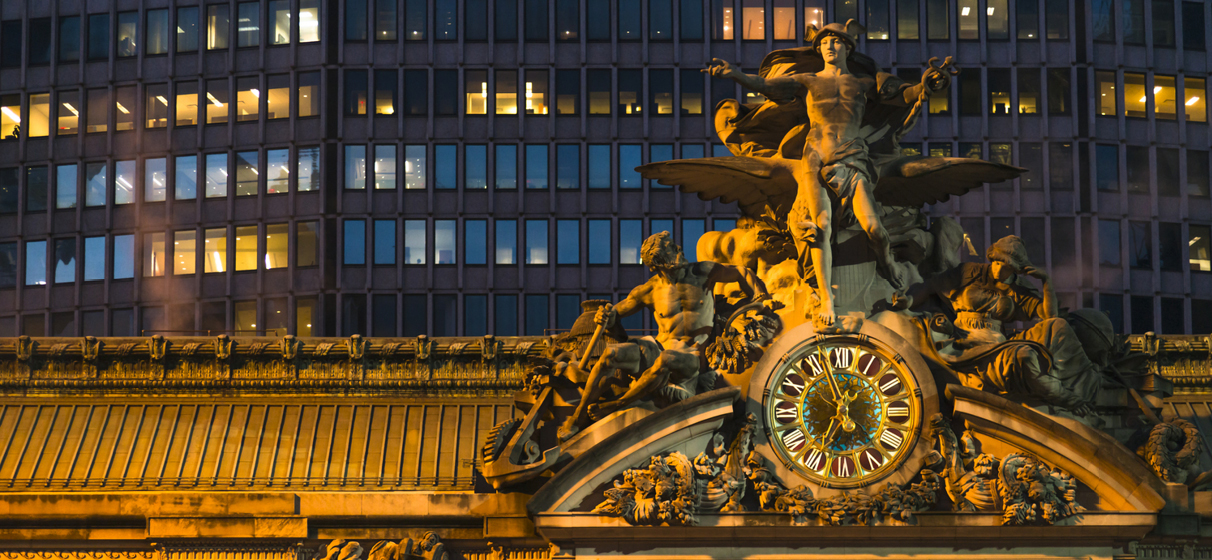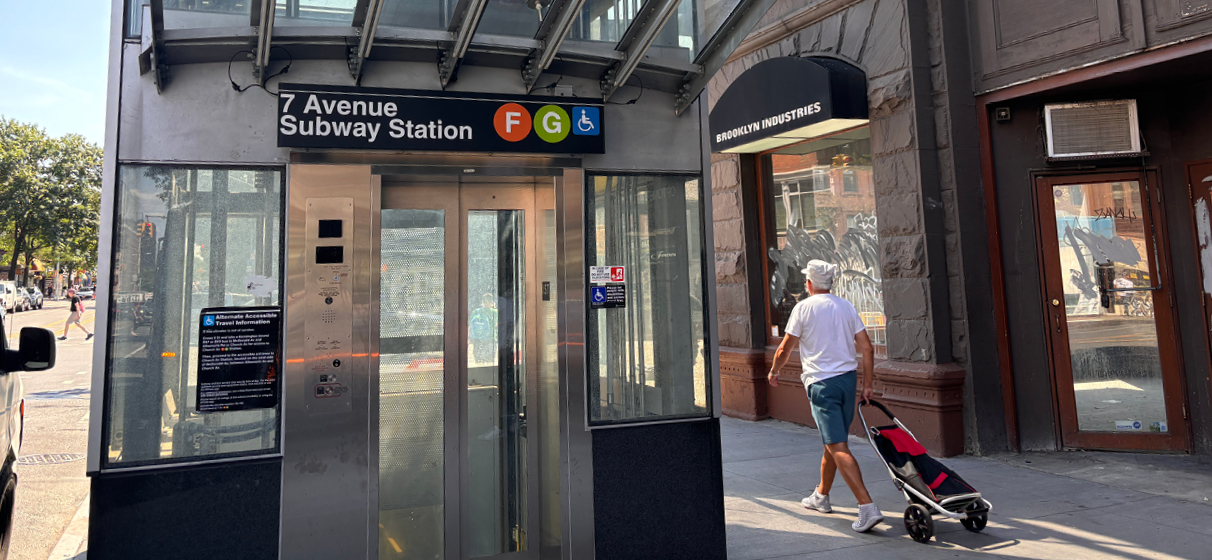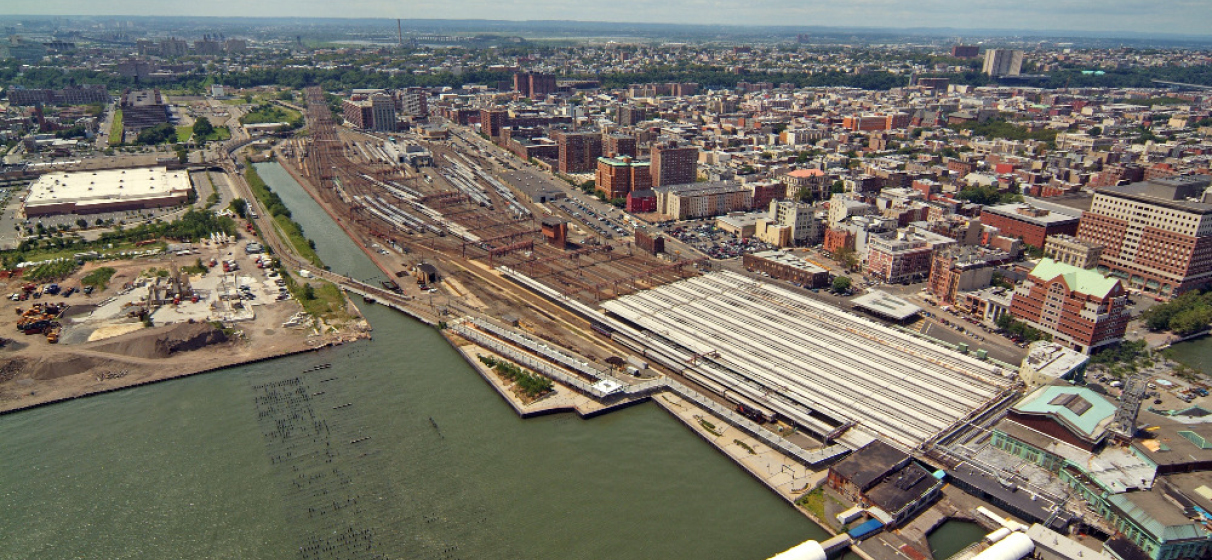In recent years, customer experience has become a more deliberate priority for transportation agencies. While the concept itself isn’t new, the human-centric application of customer experience principles to inform design and capital planning programs is relatively fresh – and growing in momentum. With more and more commuters returning post-pandemic, there’s a renewed focus on making facilities more intuitive, inclusive and comfortable. Transit leaders are placing riders at the heart of the decision-making process, evaluating not only what needs to be repaired or upgraded but also how each intervention affects the way passengers feel, move and engage with their environment.
STV has long been engaged in this evolution, helping the New York Metropolitan region’s largest transit agencies deliver some of their most iconic and impactful facilities. From providing emergency response at NJ TRANSIT’s Hoboken Ferry Terminal after Superstorm Sandy, and leading the design for the Metropolitan Transit Authority’s (MTA) Second Avenue Subway Phase 2, to serving as architect- and engineer-of-record for the Port Authority of New York and New Jersey’s (PANYNJ) Newark Airport Terminal A – which earned a coveted five-star rating from Skytrax, a global benchmark in customer experience – we are proud to serve as a design partner that prioritizes both infrastructure integrity and the customer experience.
At this year’s NJ TransAction Conference, I had the pleasure of moderating a panel with three agency leaders who have dedicated their careers to advancing and improving public transportation: Doug Hamilton, RA, senior director of design services at NJ TRANSIT; Russell Kriegel, AIA, LEED AP, Assoc. DBIA, chief architect at PANYNJ; and Linda Tonn, AIA, chief architect at MTA Construction & Development. Our conversation focused on the balancing act many agencies face – managing accessibility, preservation and state of good repair (SGR) – and how we can approach these priorities through the lens of customer experience.
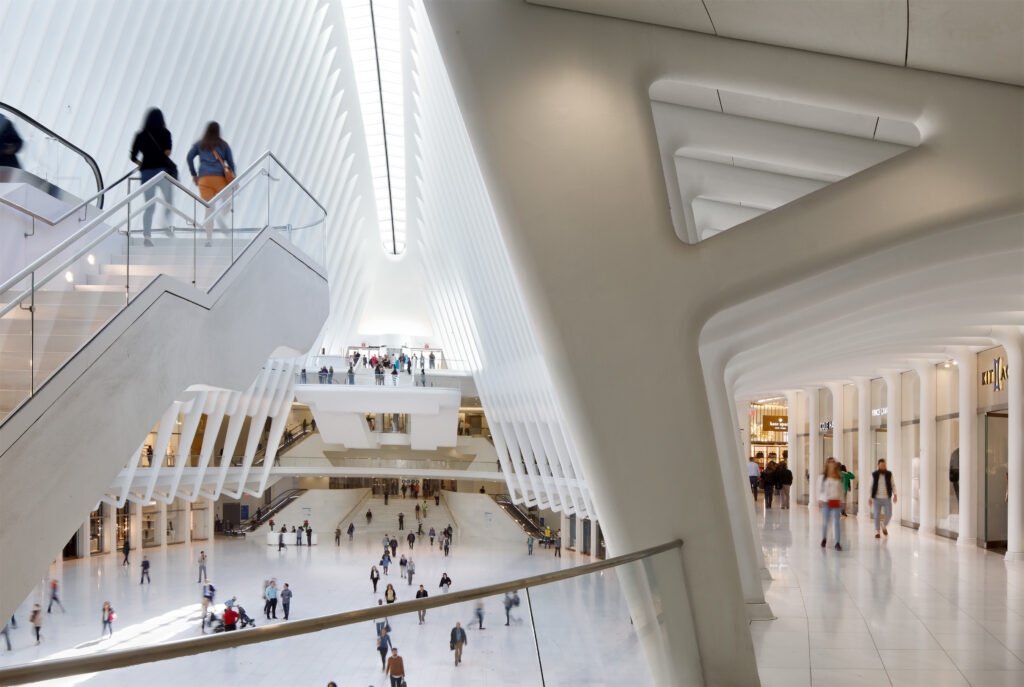
Elevating SGR through a Customer Lens
One of the key insights from the panel was how each agency is working to better incorporate customer impacts into their asset management processes. While capital decisions have traditionally focused on addressing what’s broken or outdated, there’s a growing recognition that physical condition is only part of the story. As Russell Kriegel said, the Port Authority’s asset management database evaluates reliability as one of its core scoring factors – and that’s where customer impact comes in. Similarly, both NJ TRANSIT and the MTA have formal inspection cycles (three and five years, respectively), where assets are rated and tracked over time to identify the highest priorities for future investment.
What stood out to me was how each agency is striving to move beyond reactive maintenance to more holistic, proactive planning – asking not only “What needs to be fixed?” but also “How does this affect the passenger journey?”
Accessibility and Operations: Working in Sync
Of course, accessibility is one of the most important – and most challenging – drivers shaping the future of transit design. All three panelists emphasized how critical it is to weave accessibility into the fabric of every capital program, rather than treating it as an add-on.
Linda Tonn shared that the MTA is on track to make 60 more stations accessible in the next capital program, with the goal of ensuring that no rider is more than two stops away from an accessible station. At NJ TRANSIT, Doug Hamilton emphasized the importance of systemwide planning, explaining how their operations staff helps determine upgrade priorities to avoid disrupting train crew workflows.
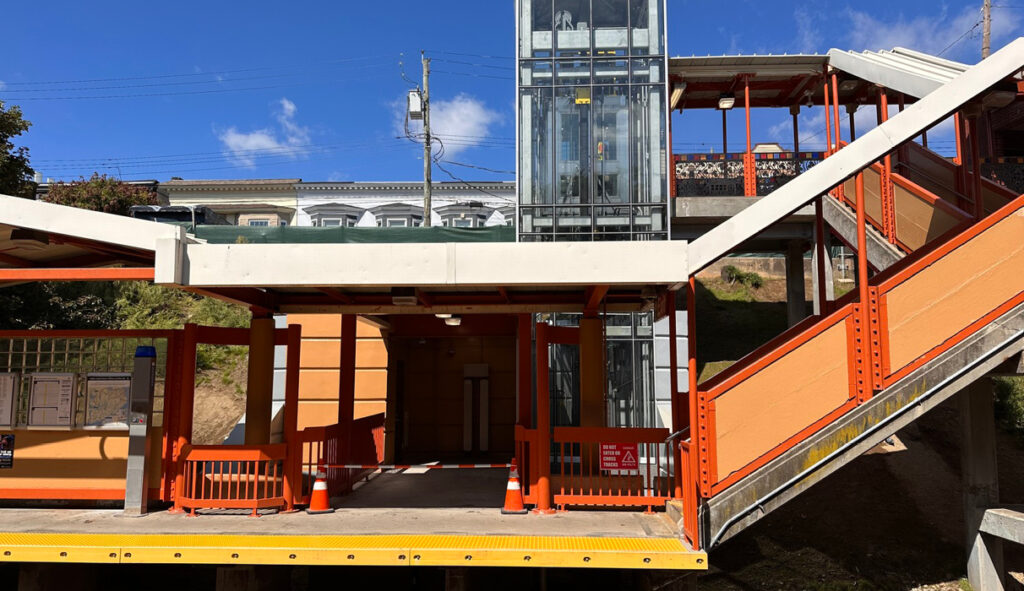
Russell Kriegel offered insights into the Port Authority’s Supplemental Accessibility Requirements, which go above and beyond ADA standards. Their approach includes regular audits, employee resource groups like the Abilities Network and formal channels for customer feedback. Taken together, these examples reflect a shared commitment to not just meeting standards – but exceeding them in service of a more inclusive experience.
Designing for Safety, Clarity and Delight
Another key takeaway was how each agency is designing with intentionality – prioritizing comfort, clarity and delight in the rider experience. NJ TRANSIT’s Doug Hamilton stressed the basics: warm in winter, cool in summer, clear wayfinding and a sense of safety. But beyond those fundamentals, they’re also investing in Transit Arts projects like the upcoming mural-filled Market Street Garage in Paterson, which aims to become one of the most artful garages in the state.
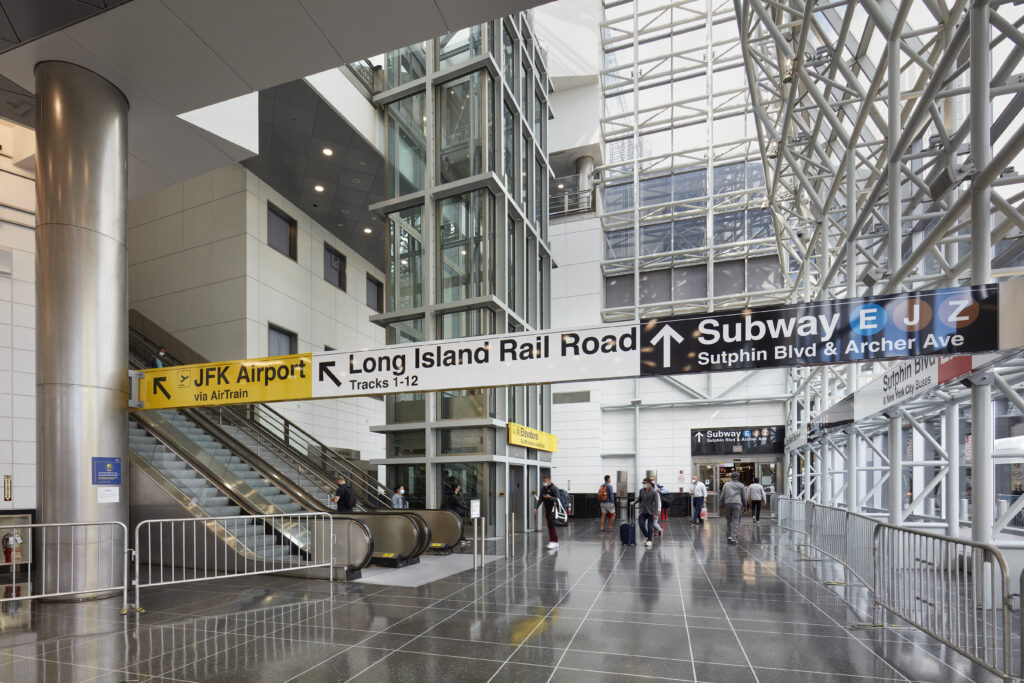
The MTA is taking a similar dual-pronged approach – modernizing stations through lighting, furniture and digital tools while preserving the historic identity that riders cherish. Linda Tonn spoke about the agency’s strong push for visual decluttering, requiring cross-disciplinary coordination to avoid the visual noise of uncoordinated systems installations.
Russell Kriegel emphasized how customer service starts with leadership. At the Port Authority, that top-down commitment is reflected in how customer experience is embedded into public-private partnerships and design-build contracts. Art is a particularly powerful tool in their strategy – what started as a pilot project at Jamaica Station in Queens has now become a central element of all major programs.
Balancing Accessibility, SGR and Historic Preservation
As someone who works at the intersection of architecture and infrastructure, I know firsthand how difficult it can be to balance accessibility goals with historic preservation and SGR needs. Our panelists echoed that challenge, citing examples like Bloomfield Station, where NJ TRANSIT had to make the tough decision to remove historic canopies to meet platform accessibility standards. However, at nearby Watsessing Avenue Station, they’re hopeful they can retain the original structures due to more favorable site conditions.
The Port Authority’s work at the JFK TWA Flight Center and Hoboken PATH exemplifies how federal funding or recovery programs can simultaneously create space for preservation and resilience. Meanwhile, Linda Tonn’s story about turning deteriorated tile into a stunning glass mosaic at 28th Street Station reminds us that design constraints can also be opportunities for beauty and innovation.
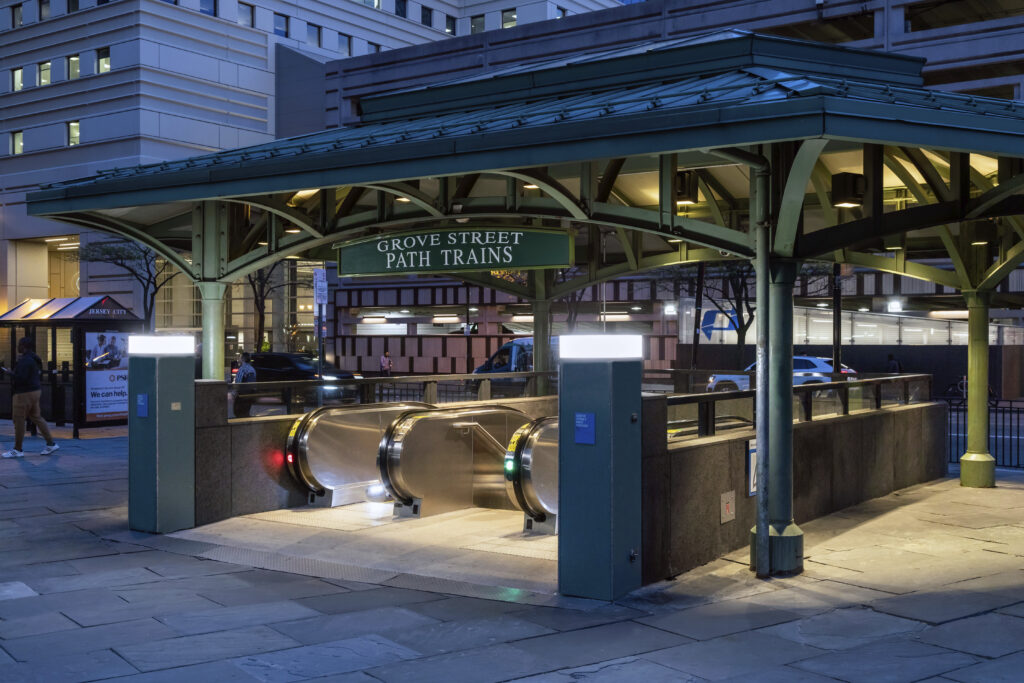
Looking Ahead
If there’s one thing this panel made clear, it’s that improving the rider experience requires more than just physical upgrades. It demands leadership, creativity, collaboration and a deep understanding of how people move through space. Each agency is grappling with its own unique set of legacy systems, operational constraints and funding limitations – but all are united by a shared goal: to deliver transit environments that are safer, more accessible, true to their history and welcoming to all.
As designers and engineers, our role is to support that mission with empathy, ingenuity and care. I left the conversation inspired by my peers and more committed than ever to helping our clients lead with the customer in mind.
